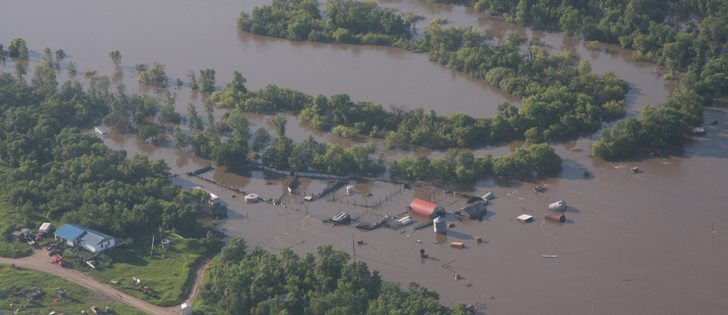No repeat of 2011 floods | Southeast seeding going well, but agronomists advise farmers to monitor fields and watch for insects
Fears are subsiding about a repeat of vast tracts of land going unseeded in southeastern Saskatchewan.
“(Farmers) are far better off today than they were last year,” said Wes Anderson, manager of agronomy for Richardson International.
“By no means do I think it’s a disaster.”
He expects 95 percent of the crop will be seeded in east-central and southeastern Saskatchewan.
Arlynn Kurtz, vice-president of the Agricultural Producers Association of Saskatchewan, said earlier this spring that conditions were every bit as bad as last year and that 40 percent of the crop could once again go unseeded in the southeast.
Read Also

Chinese, Indian tariffs take toll on pea prices
The disruption of pea exports from Canada’s largest customers will likely result in slow pea exports for the remainder of the crop year.
He is far more optimistic about the outlook today despite continued rain in the area. Kurtz’s farm near Stockholm, Sask., received another 36 millimetres of moisture May 27, bringing his spring total to 280 to 300 millimetres.
“That’s a year’s worth of rain already,” he said.
He has still been able to seed 60 percent of his 2012 crop, partly with the help of a new tractor that runs on tracks instead of wheels.
“I’m a little bit amazed by where we have seeded last week,” said Kurtz.
He believes it is possible 95 percent of the crop will be planted in the southeast, although it will be seeded later than normal.
“We need to do a sun dance,” said Kurtz.
“We need some co-operation from Mother Nature. If that happens, I think a fair bit of this ground can get covered, but it’s going to be a challenge.”
He said there will still be pockets in the region where 25 to 40 percent of the crop won’t be planted.
Anderson agreed that up to one million acres could go unseeded. The area between Lipton and Melville is particularly wet and farmers in the Weyburn and Estevan areas won’t be able to seed from corner to corner like they usually do.
However, the spring rain also has its advantages.
“The increase in subsoil moisture in higher spots in the field will by far make up for the losses in some of those lower spots,” he said.
Growers planted a lot of winter wheat in that area of the province, which is off to a fantastic start.
“Other than fairly high disease pressure, it’s looking outstanding,” said Anderson.
Saskatchewan Agriculture’s May 24 crop report lends support to Anderson’s assessment of the region.
Seeding is about half complete in crop districts 1B and 1A compared to six and nine percent at the same time last year. Flooding has occurred on two percent of seeded acres in the southeast.
Topsoil moisture maps show a small pocket of surplus moisture south of Yorkton compared to the entire corner of the province at this time last year.
Still, there are lingering concerns within the grain industry about that area of the province.
“People are watching it and talking about it,” said CWB market analyst Neil Townsend.
“I think the total acreage losses could be one to two million acres.”
He believes the area has already lost 300,000 to 400,000 acres of canola.
Anderson isn’t so sure. He said growers have been focused on getting canola into the ground.
He isn’t overly concerned about seeding in southeastern Saskatchewan, but disease potential is starting to worry him.
“We’re starting to get reports of stripe rust showing up in winter wheat. Tan spot is terrible right across the West. We’re also seeing powdery mildew showing up in southern Alberta.”
Anderson believes there is a high probability of a stripe rust outbreak in spring wheat, making it his top disease concern of 2012.
There are also plenty of insects for farmers to contend with. They overwintered well because of the unseasonably warm weather.
Diamondback moth larvae are his top insect concern. The moths showed up earlier than normal this year and have already laid their eggs.
Cutworms showed up two weeks early because of higher-than-normal heat units in April. Flea beetles are also plentiful, as are other pests.
“We’re seeing really high levels of aster leaf hoppers, which transmit aster yellows virus in canola,” said Anderson.
















